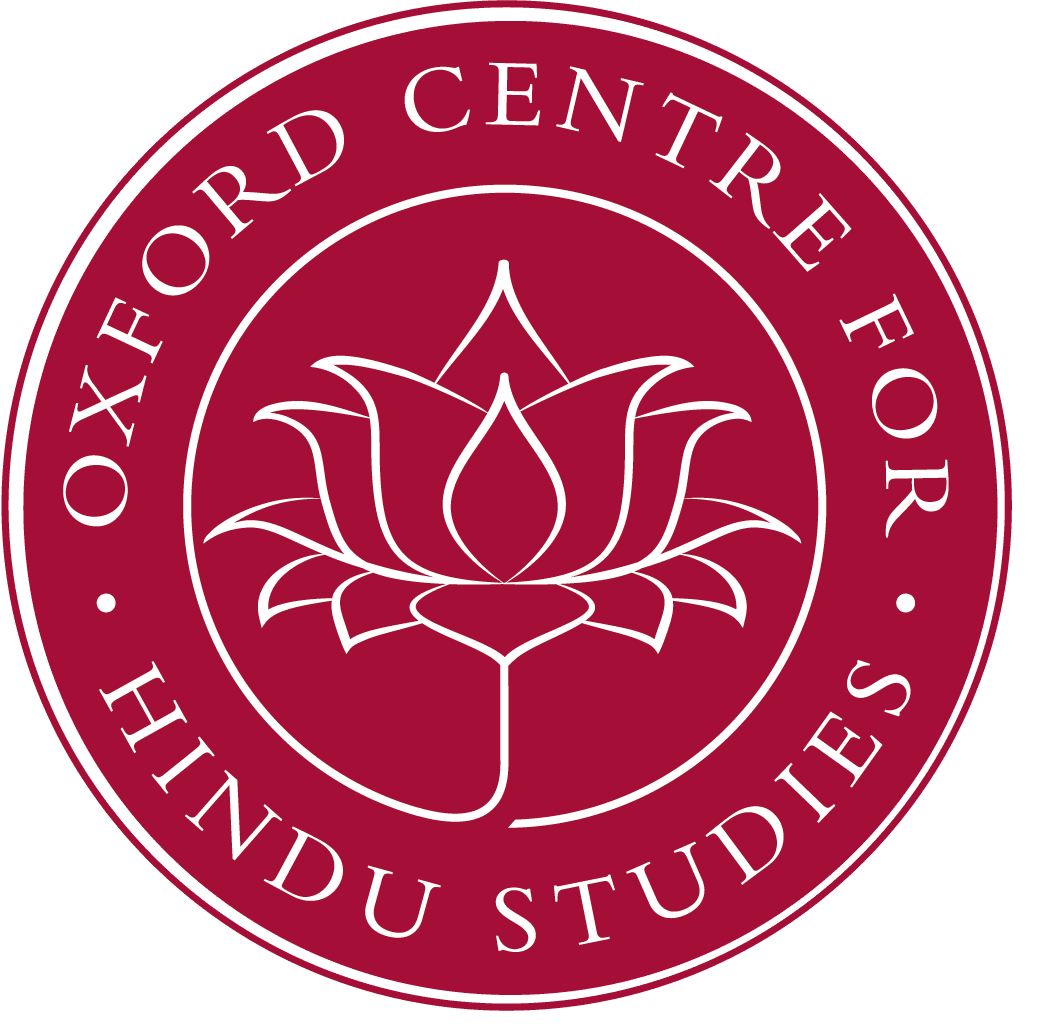Session 7 of the 2007 Shivdasani Conference.
Confronting, dealing with and ‘managing’ sacred space was a task that the colonial government of India had set for itself from the early days of the rule of the English East India Company in Bengal and it continued to dominate official views of governing India down to the end of British rule in 1947. At the root of this was the understanding, derived largely from a heavily text-based European orientalist scholarship, of India as an essentially religious culture, characterised by mutually antagonistic religious groups. Thus, establishing hegemony could not, among other things, avoid negotiating space that was traditionally inhabited by religion.
The ‘modern’ (i.e. contemporary European) practice of monument-making and archaeological conservation, introduced by the colonial state in India and enshrined in the Government department of the Archaeological Survey of India (1861), by virtue of its claims as upholder of India’s heritage and history almost automatically lent itself to such negotiations. This paper will focus on archaeological practice in temple restoration in colonial Orissa as one of the best examples of the negotiation of sacred space between the claims of colonial archaeology as the final authority on the ‘monumental’ remains of India’s past and the various indigenous groups who one the one hand sought to profit from the conservation of religious architecture and on the other used sacred space to engage in confrontation and conflict, but also enter into negotiations with colonial archaeology.
